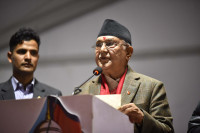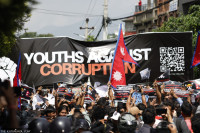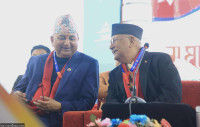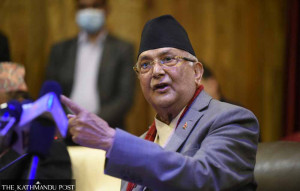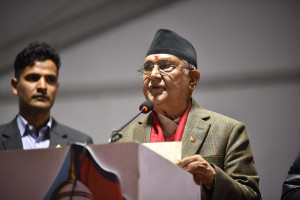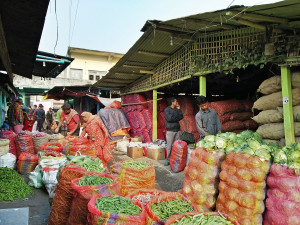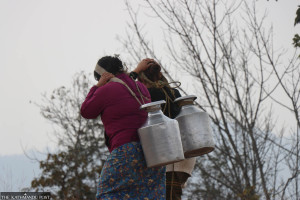Editorial
Smart move
Stimulated economic growth required for Nepal to sustainably graduate from LDC status
In 1971, the Committee for Development Policy (CDP), a subsidiary advisory body of the United Nations Economic and Social Council (Ecosoc), categorised countries as ‘least developed countries’ (LDCs) on the basis of special economic and developmental needs. Based on the levels of advancement in three specific criteria, an LDC can now be graduated to a developing country. As of now, only four LDCs, Cape Verde, Samoa, Botswana and the Maldives have moved up the table. Nepal remains one of the 47 countries that are still classified as LDCs.
An LDC has to fulfil three criteria to graduate to ‘developing nation’ category: a per capita gross national income (GNI) of $1,242 or more; achieving a score of 66 or more under the Human Assets Index (HAI); and obtaining a score of 32 or less in the measurement of a country’s vulnerability to external economic and environmental shocks (EVI). In order to graduate, a country must meet two out of the three criteria. And it seems that Nepal has managed to meet this requirement with a score of 26.7 in the EVI, and a score of 68.7 in the HAI.
The new government, however, has decided to put Nepal’s graduation on hold. This is based on the National Planning Commission’s (NPC) recommendations. And this decision is justifiable. Nepal still lags woefully behind in meeting the UN threshold for GNI, which stands at $800. The NPC is also concerned that the transition would significantly reduce the flow of foreign aid and deprive the country of other international support measures.
A decrease in foreign aid would prove particularly debilitating to Nepal at this juncture. The disbursement of foreign aid jumped 27 percent to $1.4 billion in the last fiscal year, with post-earthquake reconstruction works and humanitarian assistance consuming a big chunk of funds provided by foreign donors and development partners. In the last fiscal year alone, 436 projects were supported by foreign donors and development partners. And sector-wise disbursement statistics show that Official Development Assistance contributed significantly to the education sector, followed by local development, housing, drinking water, policy and strategy, and health, among others.
Should Nepal opt to graduate, this flow of aid would fall, as developing countries are perceived as capable of funding expenses on their own. And such a scenario would put certain sectors in dire straits indeed. Particularly considering that the state, already struggling with the institutionalisation of fledgling fiscal federalism, will invariably put the development of these areas on the back burner. And along with this reduction in aid, Nepal would also lose trade preferences, like duty-free, quota-free market access to the European Union and the US, and access to special World Trade Organisation waivers. These losses would no doubt affect Nepal’s exports, and the resultant shortage of funds could also hit development endeavours hard.
The government’s measured response to Nepal’s graduation from LDC status is a wise move in the current context. But we should be wary of retaining the status of LDC for too long as such nations are considered both weak and unstable. Instead, we should work towards stimulating economic expansion so Nepal can be sustainably classified as a developing country.




 10.12°C Kathmandu
10.12°C Kathmandu

